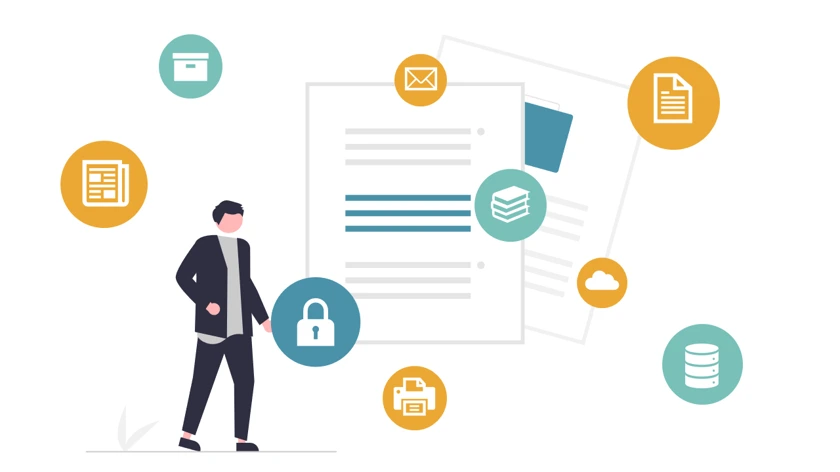What do we consider a record?

Table of Contents
As you might know, I’m on an interesting journey to make sense of Records & Information Management. In the article about understanding data and information, I took a step back to first understand data and information. For your convenience, I’ll recap my findings:
Data processed, analyzed, placed in sequence, and or remodeled, and then structured becomes information. The most valuable benefit is that it provides context and if done right, enables decision making.
In its simplest form, information can be divided into 3 categories:
- Records
- Business Value Information
- Nonvalue Information
Today I want to gain a better understanding into differentiating between records and “other types of business information”. As I’m looking around my office right now, I’m realizing that most of the content I’ve gathered over the last 25 year, would not be seen as records. And even more shocking is that I’ve been storing it on multiple expensive storage devices which I’ve not looked at for years. And yes, there’s more. I have many boxes filled with physical documents as well.
The task ahead of me would be to determine which are vital for business continuity (records) and, whether I consider them to be organizational or operational records. Although records make up a small percentage of the information in your company, they do hold the most value.
ISO 15489 (Information and documentation – Records Management) states that records are:
“Information created, received and maintained as evidence and as an asset by an organization or person, in pursuit of legal obligations or in the transaction of business.”
Organizational records
These records refer to your business structure and includes information that concerns the legal status, obligations as well as the company information that defines your organization. It serves as evidence and proves the existence and purpose of your business. Regulatory, compliance and governance documents reside here as well. My company’s registration certificate, details of directors, permits, licenses, mission and vision statement, policies, tax registration etc. would be considered organizational records.
Operational records
Operational records are all about “how you get things done”. On this level I start identifying information that is involved in my functions and transactions. Although the above organizational records confirm my business, I cannot conduct business without the operational records. These records are the outputs of transactions within the various processes in my company from beginning to end to deliver a service and support my revenue stream. First to mind would be accounting records such as proposals, invoices, statements, progress and personnel records.
Records can be physical or digital. In the next article I’ll take a look at the information not considered records, and how to determine their value.
5-second summary
Records & Information Management is about distinguishing valuable records from other types of business information. Records, as defined by ISO 15489, serve as evidence of business transactions and obligations, falling into two main categories: organizational records (e.g., legal and governance documents) and operational records (e.g., accounting and transaction-related files). While records make up only a small portion of company information, they are critical for business continuity and decision-making.














